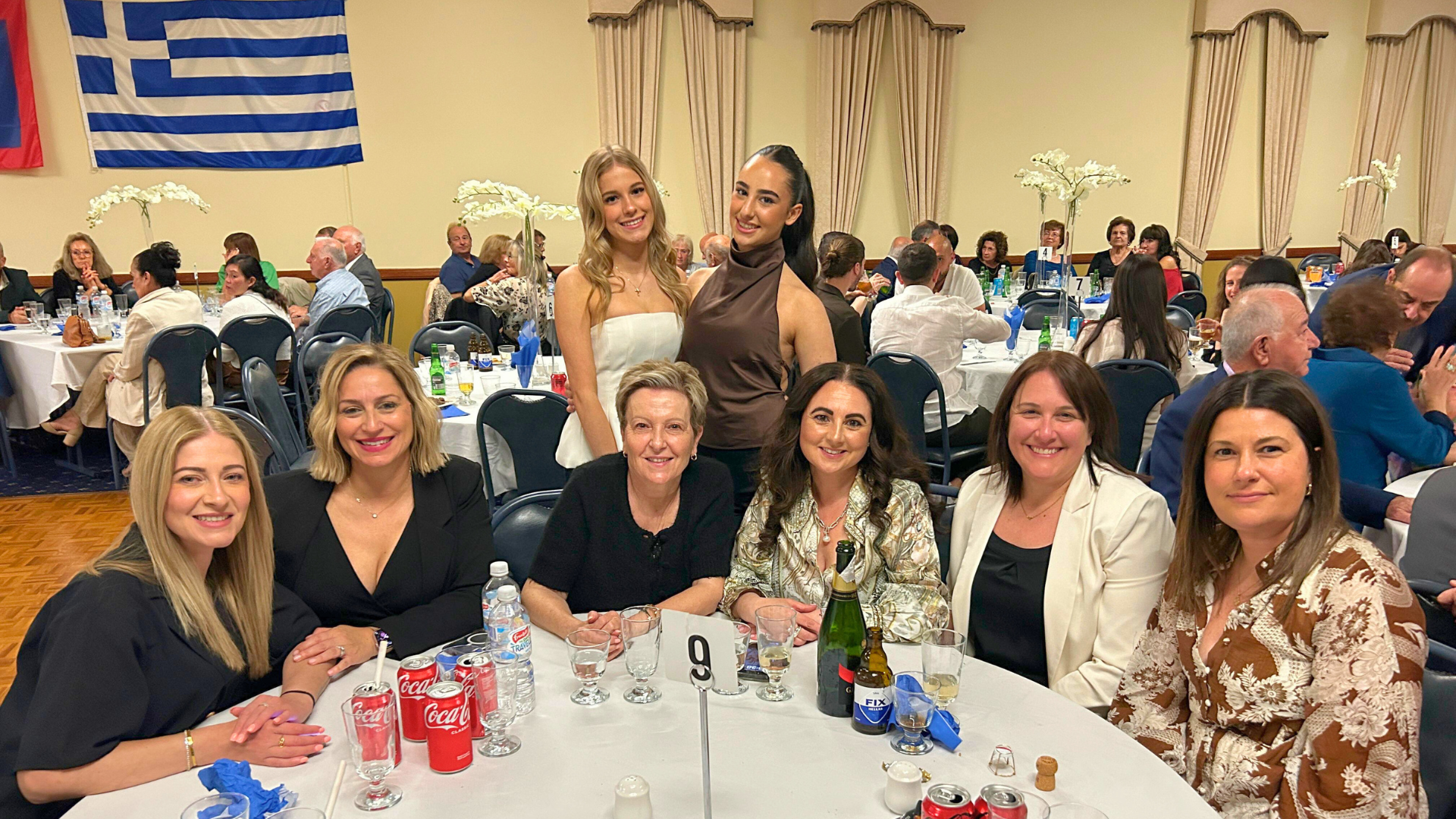The Samian Association of South Australia held its Xoro tis Enosis (“Dance of Unification”) on Saturday, November 15, at St Prophet Elias Church in Norwood.
Almost 200 members of the Samian and wider Greek community gathered for an evening of culture, remembrance, and celebration.
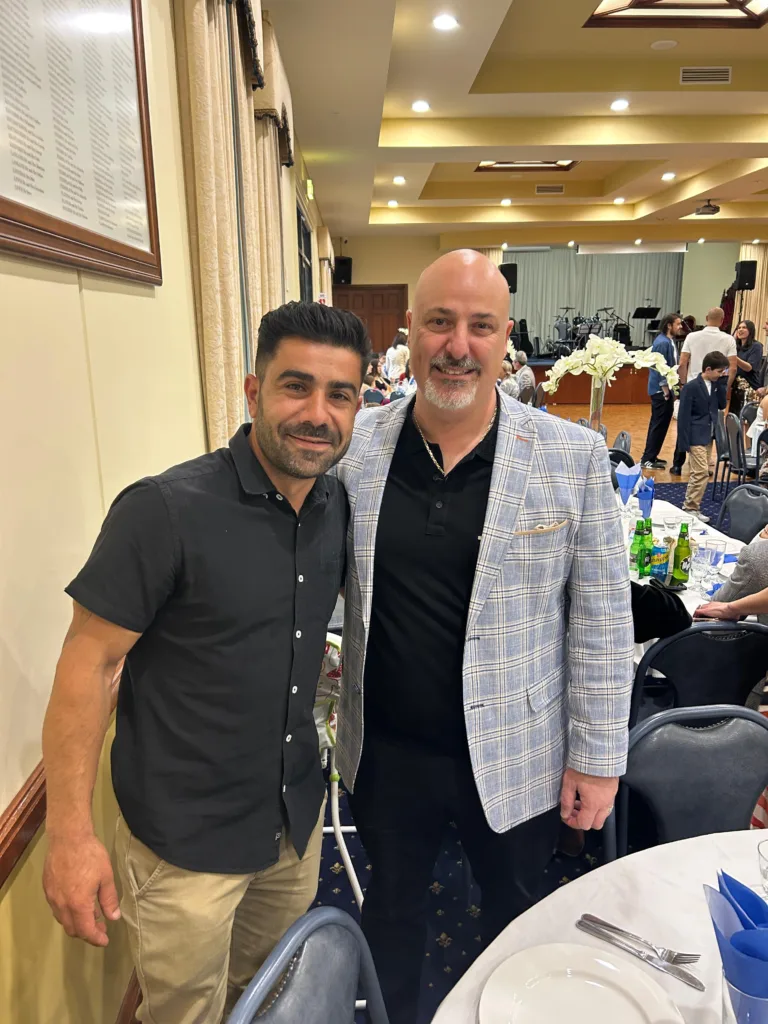
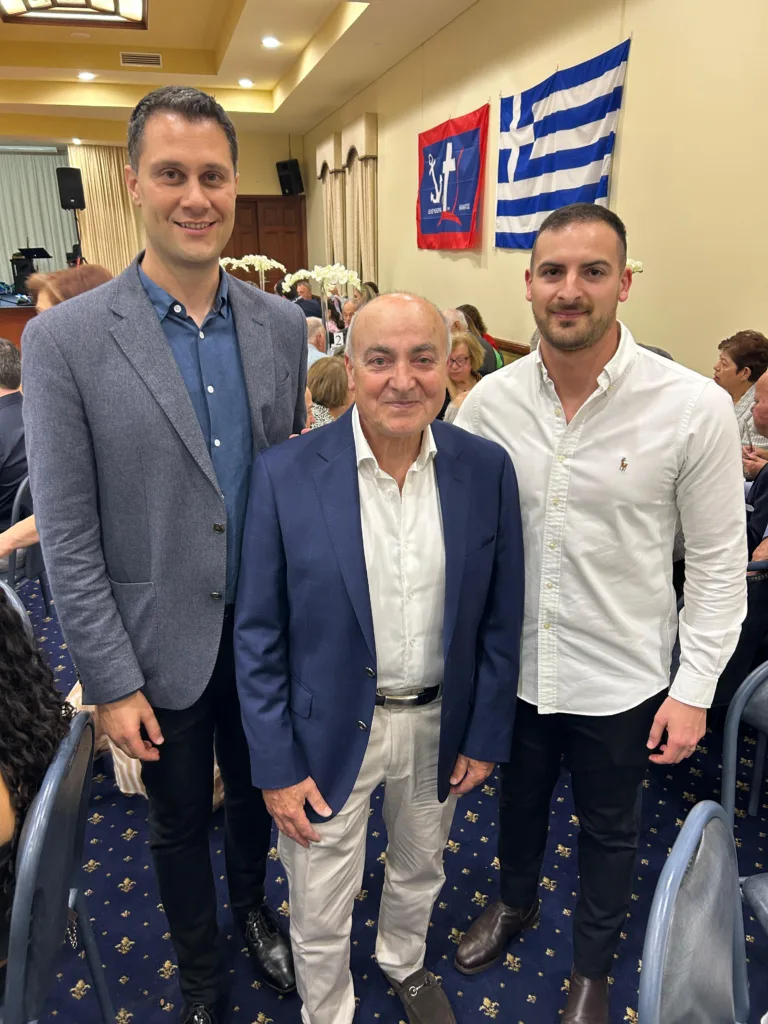
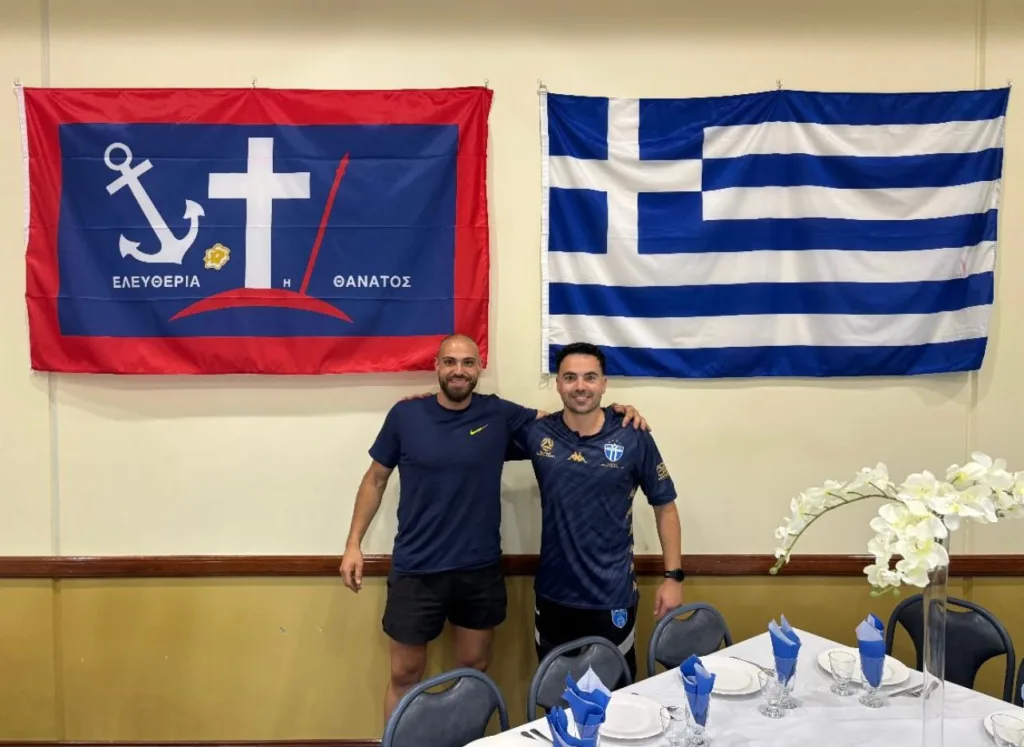
The event marked the first official dance held by the Association in decades – an occasion intertwined with history, identity, and pride.
The dance served as a commemoration of the Unification of Samos with Greece in 1912, a milestone that continues to resonate deeply within the Samian diaspora.
Association President Maria Dimas reflected on the significance of the event as a special celebration as “113 years ago, Samos unified with the Greek state.”
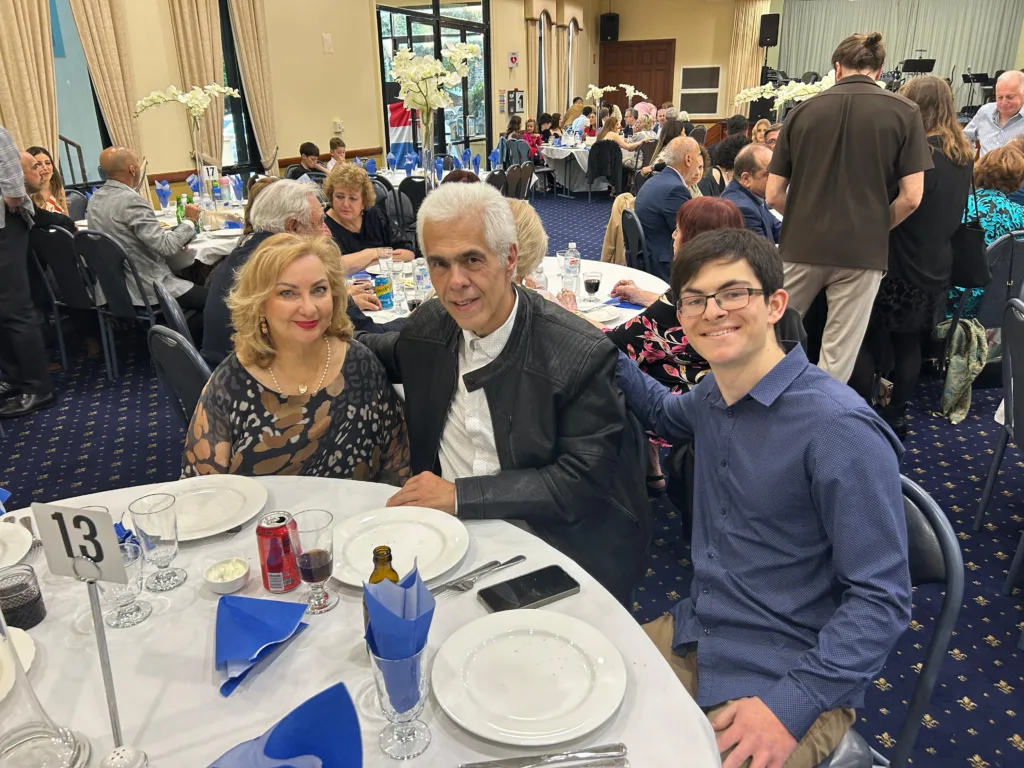

Mrs Dimas went on to explain that, upon entering the hall, attendees passed a symbolic display featuring the historic flag of the Principality of Samos. As they continued inside, they were met with the modern Samian flag displayed alongside the Greek flag. This arrangement, she noted, allowed guests to observe the visual transition from principality to union – an artistic portrayal of Samian history.
To provide historical context for the evening, Kostas Fotiadis addressed the crowd, offering a detailed reflection on the significance of the occasion.

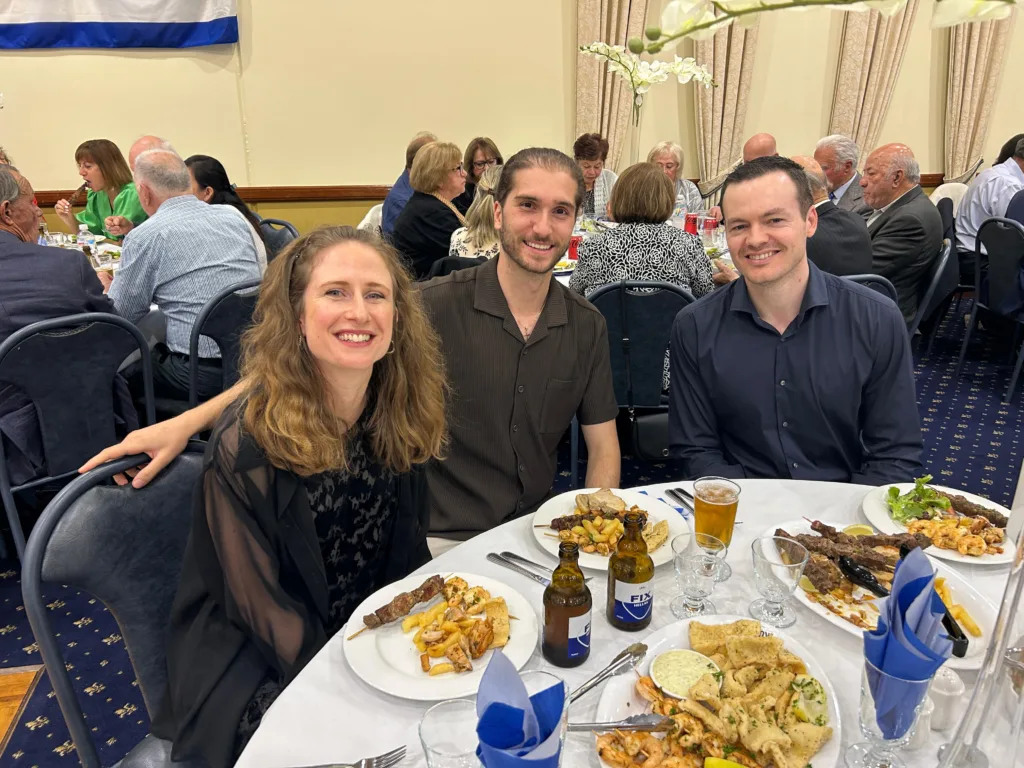
Mr Fotiadis remarked that the event was “an opportunity for us to recognise, reminisce, and share stories and experiences from our visits to the island… the function tonight also aims to honour the 113th anniversary of the Union… This was our very significant moment that united our territories and helped us achieve our national independence.”
He continued by grounding the commemoration in its historical moment: “It was 1912, a time when the Balkan wars of 1912–13 brought tensions to the region as various ethnic groups sort to liberate themselves from the Ottoman rule.”
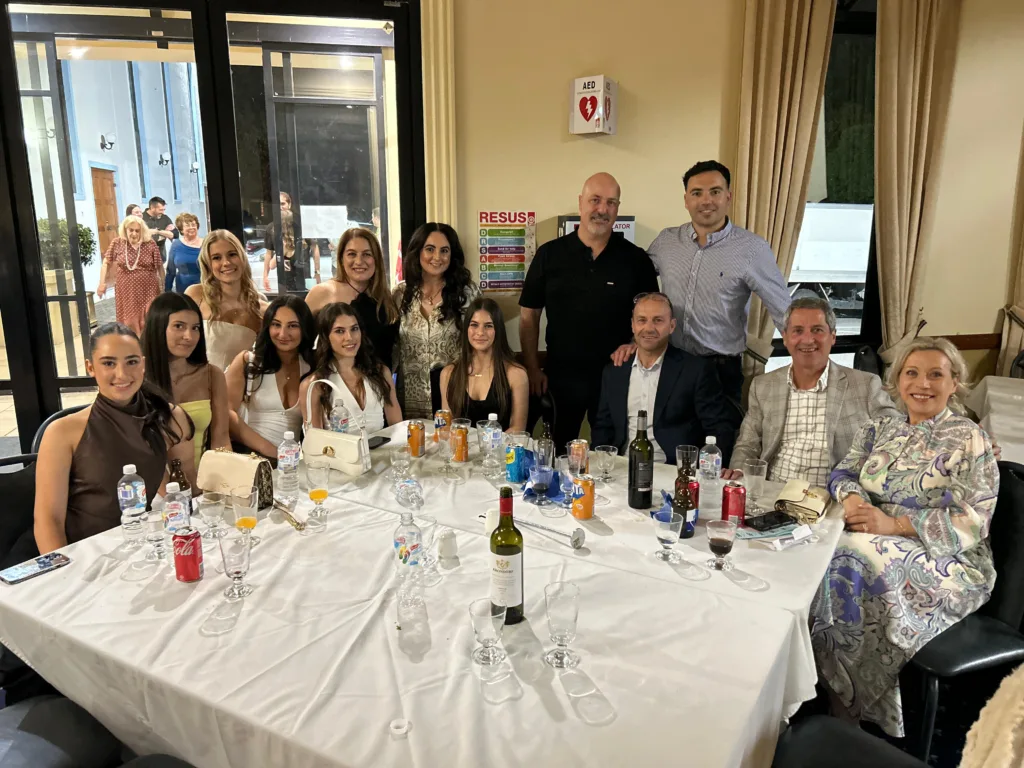
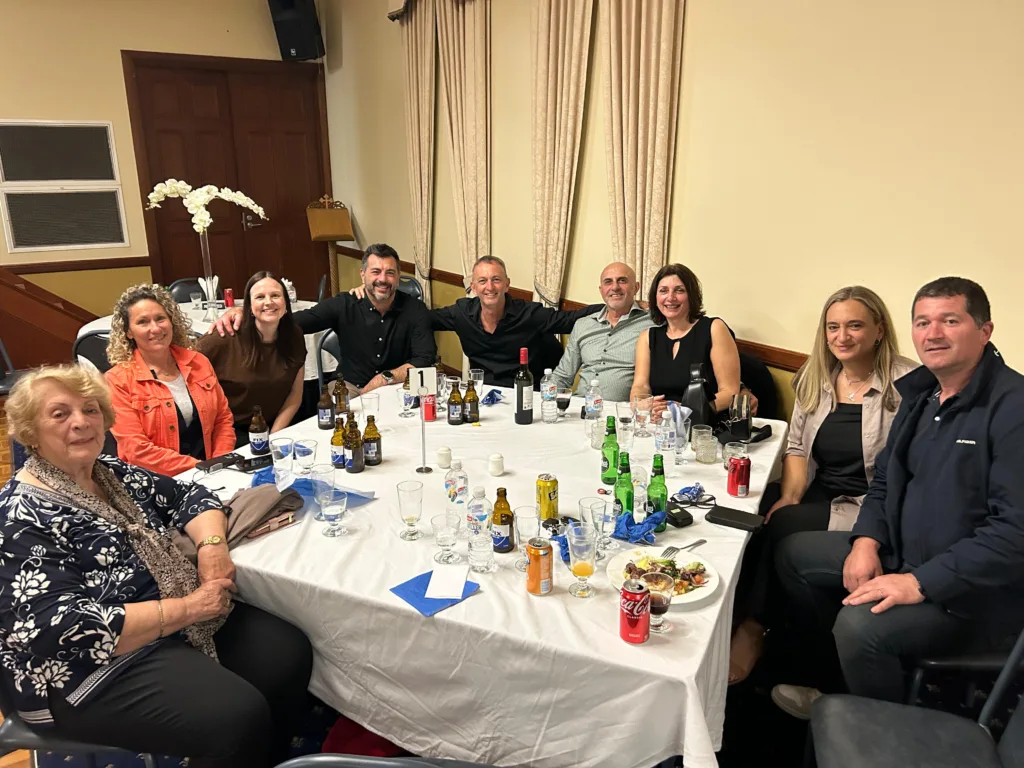

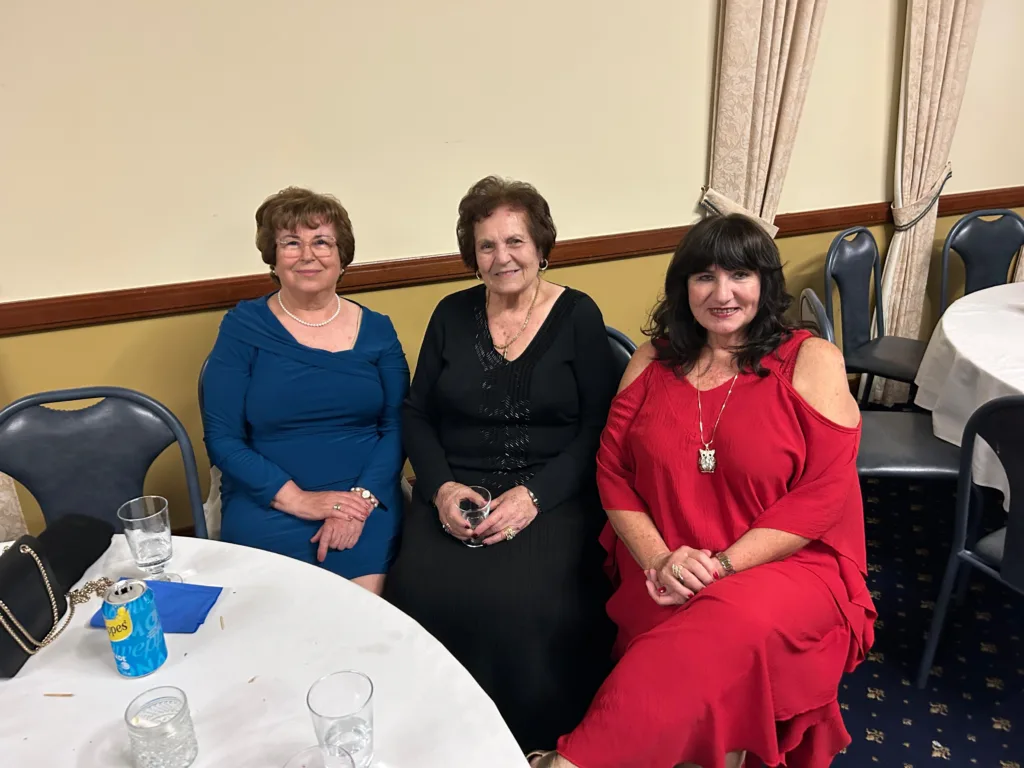
Mr Fotiadis then explained the chronology of events that led to unification:
“For historic accuracy, on November 13, 1912, the Samians declared a revolution against the Ottoman Empire, aiming for the liberation of their island and the unification with Greece. The official cooperation of Samos with Greece was ratified in 1913 during the Treaty of Bucharest… Through this process, Samos was officially recognised as an inseparable part of the Greek nation.”
In his address, Mr Fotiadis also highlighted several of the key figures who shaped the Samian struggle for union, underscoring the island’s deep intellectual and political heritage.

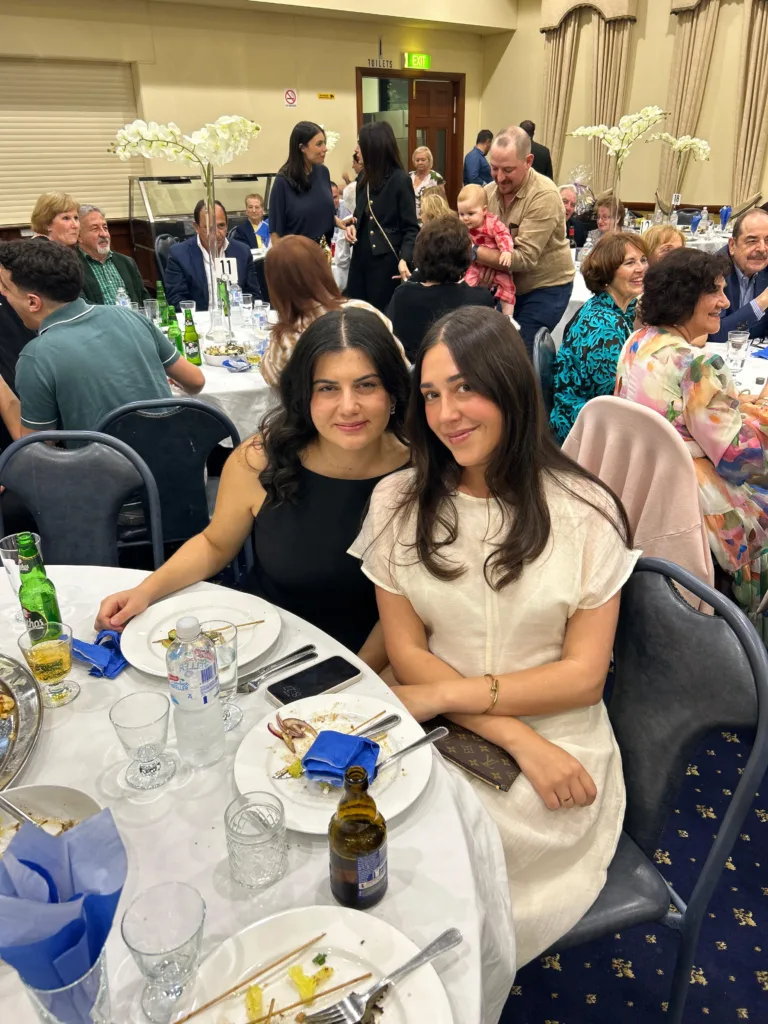
He reminded attendees that “Samos, with a rich history of resistance and a spirit of freedom, revolted against the Ottomans in 1912…” and that this uprising was guided by remarkable individuals whose legacies continue to define Samian identity.
Among them, he noted, were influential thinkers such as “…the writer and politician, Emmanuel Rhoides,” whose intellectual contributions strengthened the national consciousness of the Samian people.
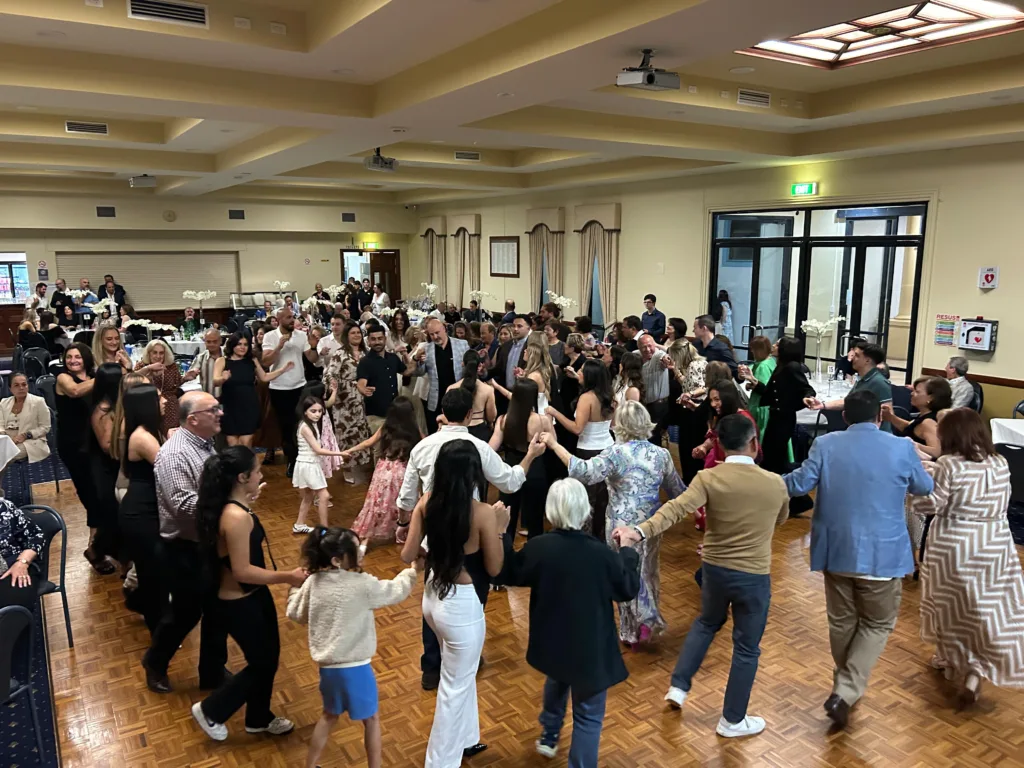

He also drew attention to “Leonidas Koutoulas [who] served as the president of the Assembly of Samos,” and played a pivotal role in advancing the cause of incorporation, as well as “Georgios Sakellariou,” remembered as one of the principal political and military leaders who helped carry the revolution toward union.
Emphasis was placed on Themistoklis Sofoulis, the distinguished Samian statesman who would later serve as Prime Minister of Greece from 7 September 1947 to 24 June 1949.

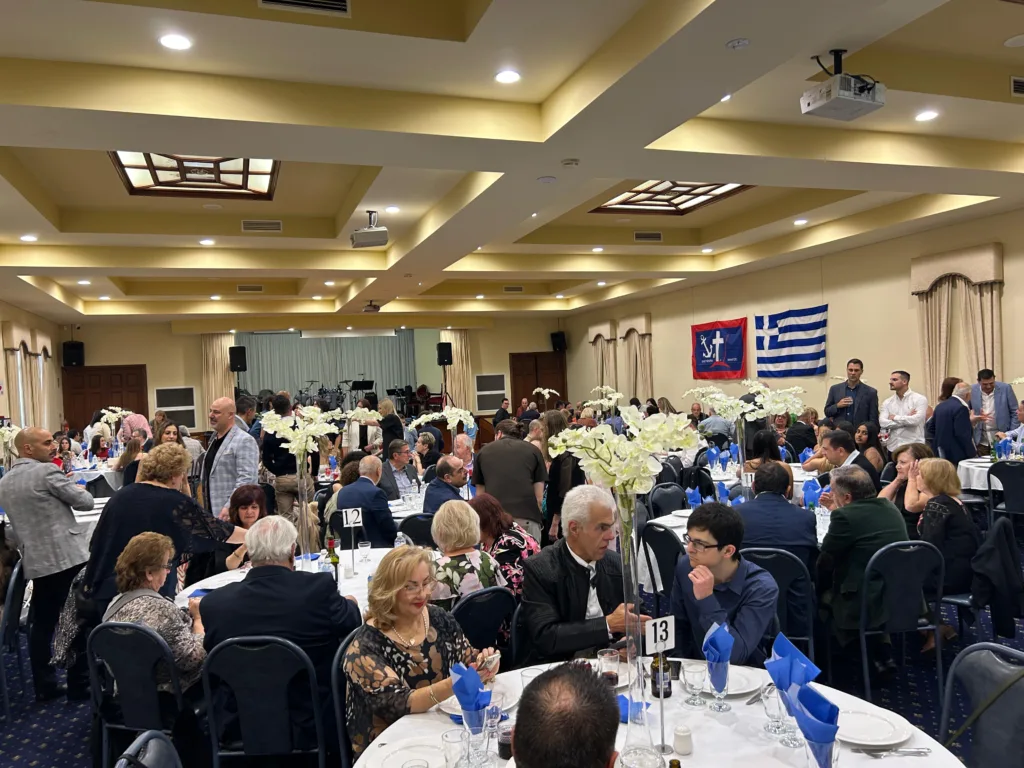


Mr Fotiadis highlighted Sofoulis’ formative contributions during the struggle, explaining that “…Themistoklis Sofoulis played a role in diplomatic support, mobilising the people, and strategic support…” His leadership during the revolutionary period, combined with his later national prominence, was presented as a testament to how the island’s fight for union shaped not only local history but the broader trajectory of the modern Greek state.
He further explored the wider geopolitical climate that enabled the Samian cause to succeed, noting that “…The developments in the Balkan wars resulted in the Ottoman Empire’s ability to suppress the revolutions, thus allowing the Samian to claim their freedom. The geopolitical situation was favourable… On November 11, 1912 Samos was united in a celebratory event, that symbolised hope and struggle of the people for freedom.”
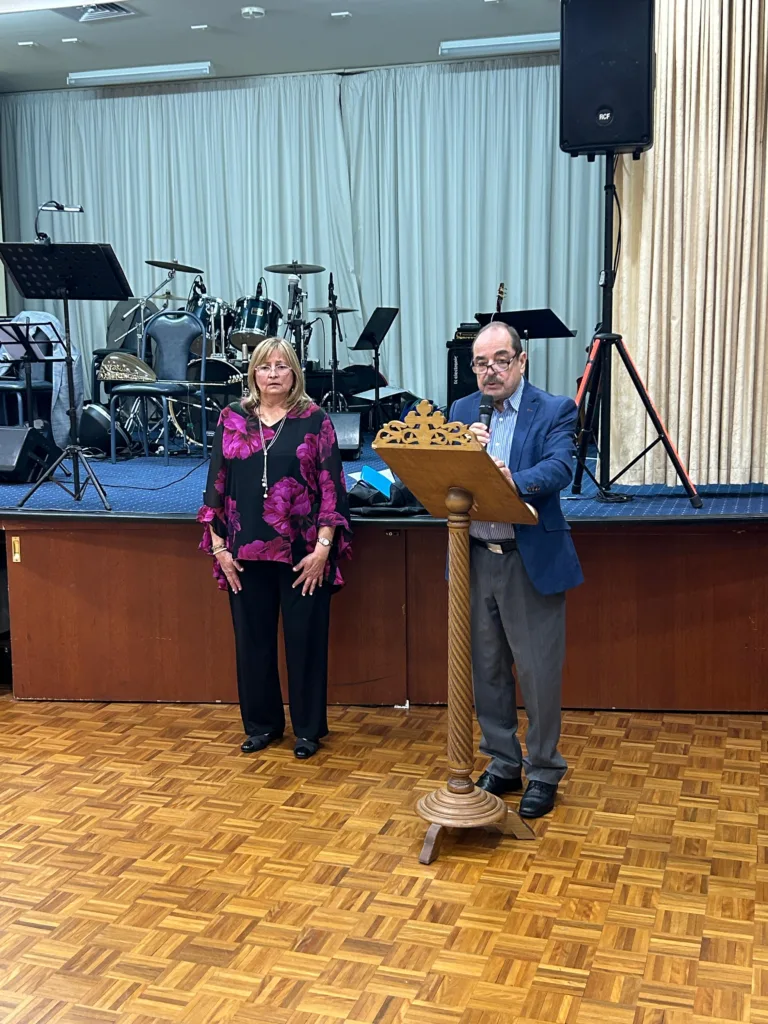
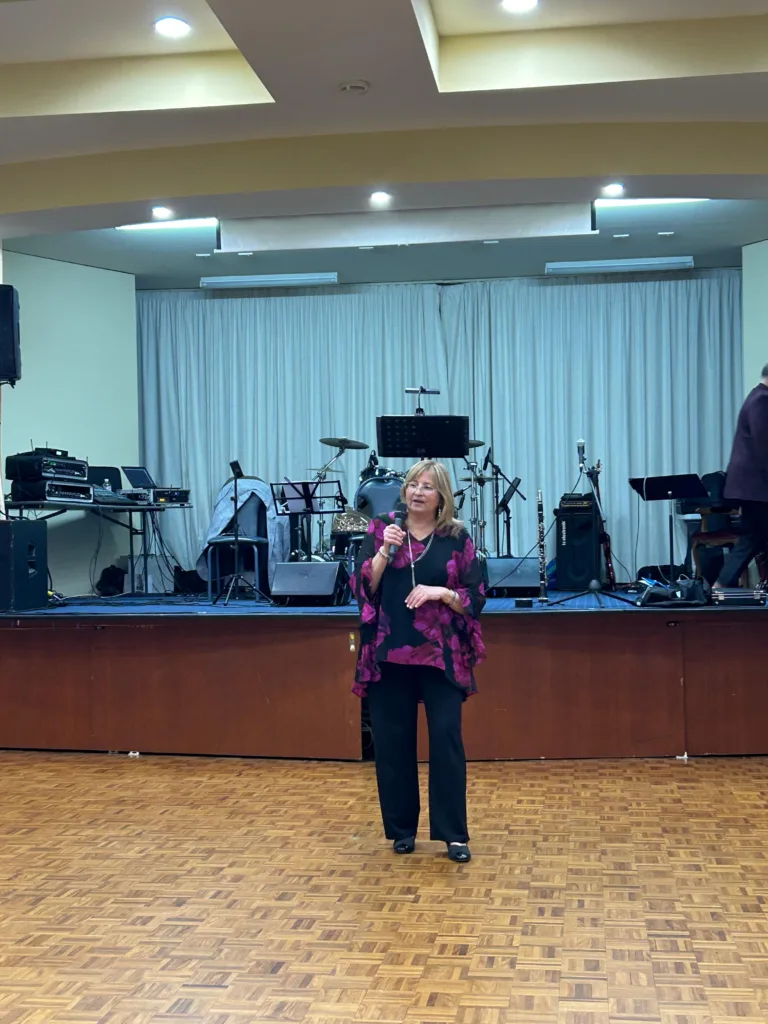
Concluding his remarks, Mr Fotiadis emphasised the enduring significance of the evening for the diaspora community: “What is remarkable today is that even from afar, here in Australia, we preserve the memory and heritage of our ancestors. Let us continue to honour their history, promote the Hellenic language and culture…”
Following the formal presentations, guests enjoyed a night of traditional dance, music, and food – celebrating not only the unification of Samos with Greece, but also the ongoing vitality of Samian heritage in SA.
